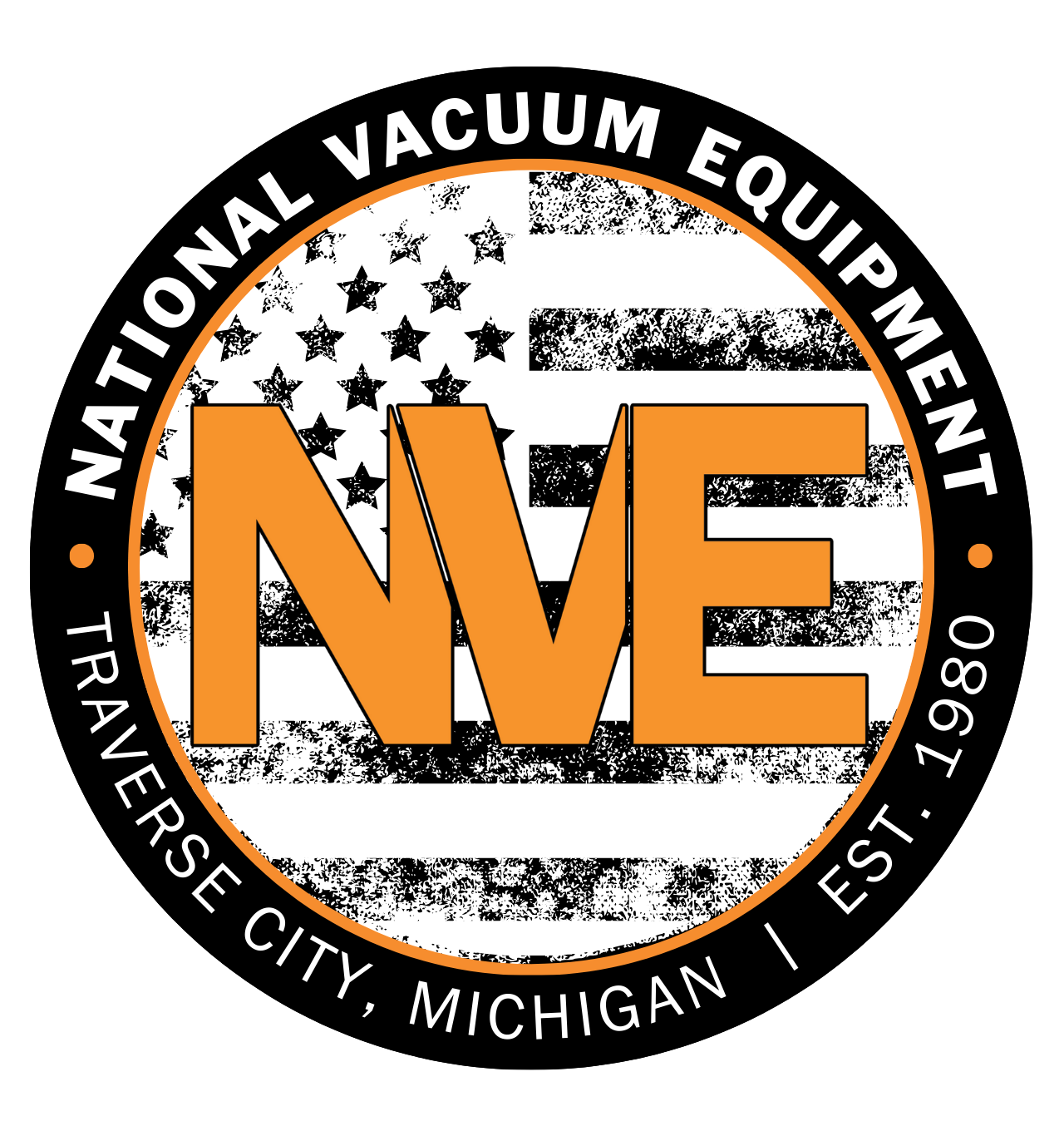
Survey Results Highlight The Good, The Bad & The Ugly Of GT County
By Beth Milligan | Feb. 10, 2021
A survey of Grand Traverse County residents conducted by a national company to determine the “livability” of the community generated plenty of positive responses, with higher-than-normal ratings for recreational opportunities, downtown vibrancy, the quality of local businesses, and natural resources. But the survey results – which will be reviewed today (Wednesday) by Grand Traverse County commissioners at a virtual study session – also point to several challenges, with lower-than-average ratings for cost of living, variety and affordability of housing, high-speed Internet access, government transparency, and access to quality child care and preschool.
The 2020 Community Livability Report for Grand Traverse County was completed through the National Community Survey, part of the National Research Center (NRC). County commissioners expressed interest in 2019 in conducting a countywide survey to help “establish priorities” as part of their strategic planning process, with staff hiring the NRC in spring of 2020 to manage the survey. As part of the $16,000 contract, NRC mailed a survey to 1,700 residents randomly selected throughout Grand Traverse County last summer, as well as offered an online survey. NRC received 561 responses – a return rate of 34 percent, with a four percent margin of error.
According to NRC, residents’ ratings for the quality of life in Grand Traverse County “were strong and tended to be similar to the national benchmarks.” More than eight in 10 residents gave excellent or good ratings when ranking Grand Traverse County as a place to live, and “similar proportions indicated they planned to remain in Grand Traverse County for the next five years and would recommend living in the county to someone who asked,” according to a summary of the survey results.
Chief among livability highlights were the county’s natural environment, outdoor amenities, and the downtown Traverse City core. Eighty-five percent of respondents praised the vibrancy of the downtown/commercial area, with the same number citing the overall quality of business and service establishments in Grand Traverse County – responses NRC said were “higher or much higher than national averages.” According to the report, nine in 10 residents gave positive ratings to water resources, air quality, and the availability of paths and walking trails. Three-quarters praised the availability of open space in Grand Traverse County.
“These scores were also higher than those given elsewhere,” NRC noted. “Further, Grand Traverse County residents were more likely than those who lived in other communities to rate the overall quality of the natural environment in the county as essential or very important.”
Health and wellness and public safety also earned strong marks. Eighty-seven percent of respondents gave an excellent or good rating when asked about their overall sense of safety in Grand Traverse County; ambulance, emergency medical, and fire services in particular were praised by more than nine in 10 residents. Residents here were more likely than in other communities to rate health and wellness opportunities as essential or very important, according to NRC; about three-quarters of residents gave excellent or good ratings to those opportunities within Grand Traverse County.
“Additionally, about nine in 10 respondents gave favorable marks to recreational opportunities and fitness opportunities, and both of these ratings were above average,” the report notes. One notable exception: Only 38 percent of respondents said the availability of affordable quality mental health care in the area was excellent or good.
Residents were critical about other metrics, too, particularly those connected to the cost of living and services in Grand Traverse County. “As is often the case in tourist destination communities, residents tended to give lower-than- average ratings to aspects of affordability in Grand Traverse County,” NRC wrote. “These included cost of living, variety of housing options, availability of affordability quality housing, affordable high-speed Internet access, and availability of affordable quality child care/preschool. County residents were also less likely than those who lived in other communities across the country to have a positive economic outlook on the future.” Only 10 percent of residents rated the availability of affordable quality housing as excellent or good; that number was at 21 percent for variety of housing options and 38 percent for well-planned residential growth.
Also below average compared to national benchmarks were several utility/infrastructure and mobility related categories. Only 34 percent of respondents rated stormwater management as excellent or good; affordable high-speed Internet access was 43 percent, street repair 22 percent, traffic flow on major streets 27 percent, and ease of public parking 31 percent. Residents were much more supportive of garbage collection services (85 percent), gas/electric utilities (82 percent), and drinking water quality (78 percent). While only 14 percent of respondents used public transportation instead of driving in the last 12 months – a lower rate than other communities – residents rated local bus and transit services at a higher rate (71 percent) than the national benchmark. More people than not expressed positivity about the ease of walking and biking in Grand Traverse County as a means of travel, but the response rates in those categories – 64 percent and 58 percent, respectively – show there’s still room for improvement.
County Administrator Nate Alger says the survey data provides a “benchmark” that the county can use to target improvements in certain categories, with the goal of repeating the survey in two years to see how opinions have shifted. “It gives us information we didn’t have last year about how the community feels about county services and about the community as a whole,” he says. While Alger acknowledges challenges like cost of living and affordable housing are “monumental” issues county leaders can’t tackle alone – those require cooperation among regional partners, he says – the county could tackle lower-hanging fruit. For instance, when asked to rank their confidence in Grand Traverse County government, only 45 percent of respondents chose excellent or good; that number dropped to 44 percent for the county “being open and transparent to the public,” which is lower than the average response rate in other communities.
“We didn’t do very well on that, and I’m curious: What does that mean, and how can we improve on that?” says Alger. “With this contract (with NRC), we can have another survey that’s a little more targeted and ask, 'How can we be more transparent?' We can’t do much at a county level for cost of living and affordable housing, but that (tackling transparency) is a little more realistic approach we can do early on.”
Comment






